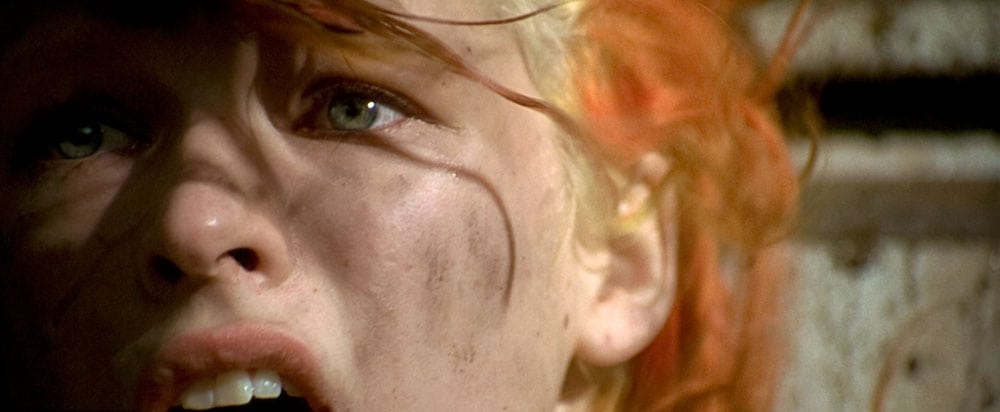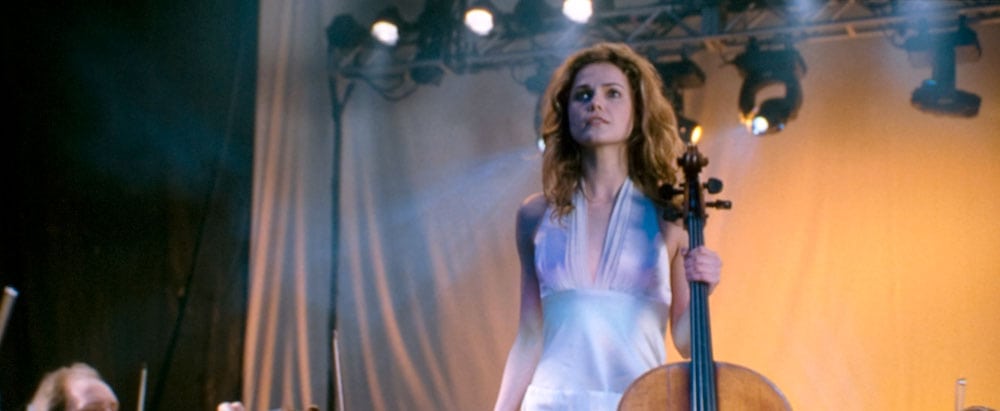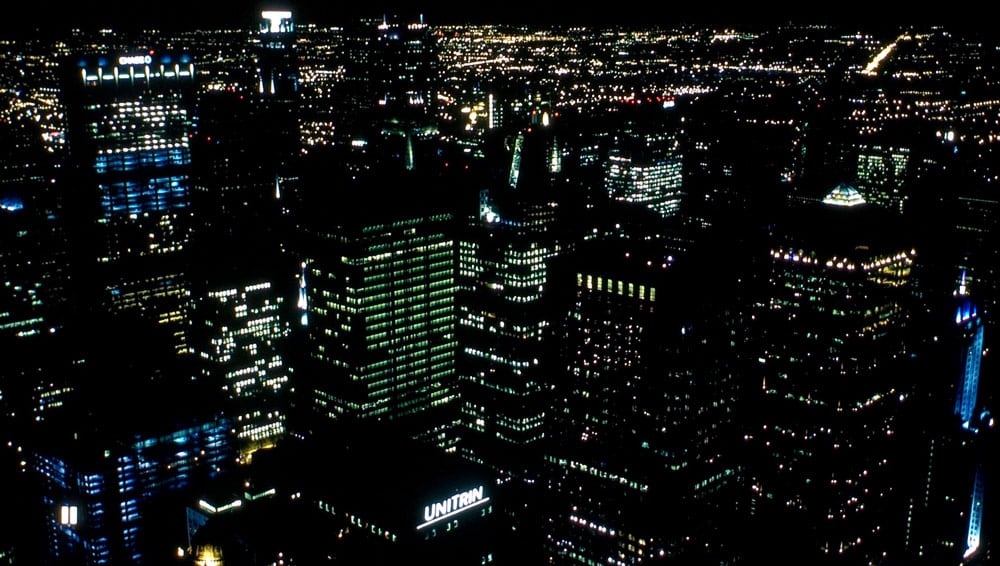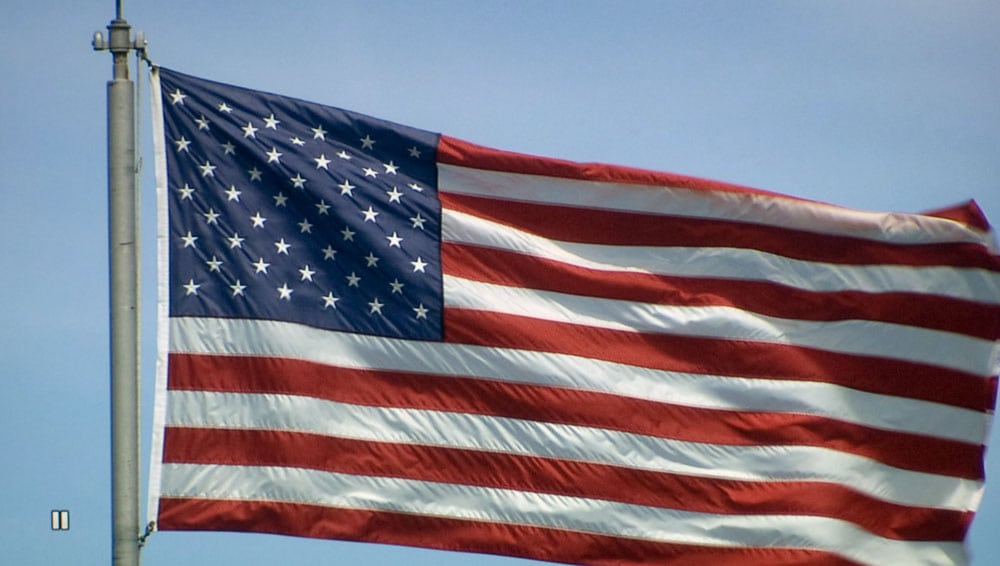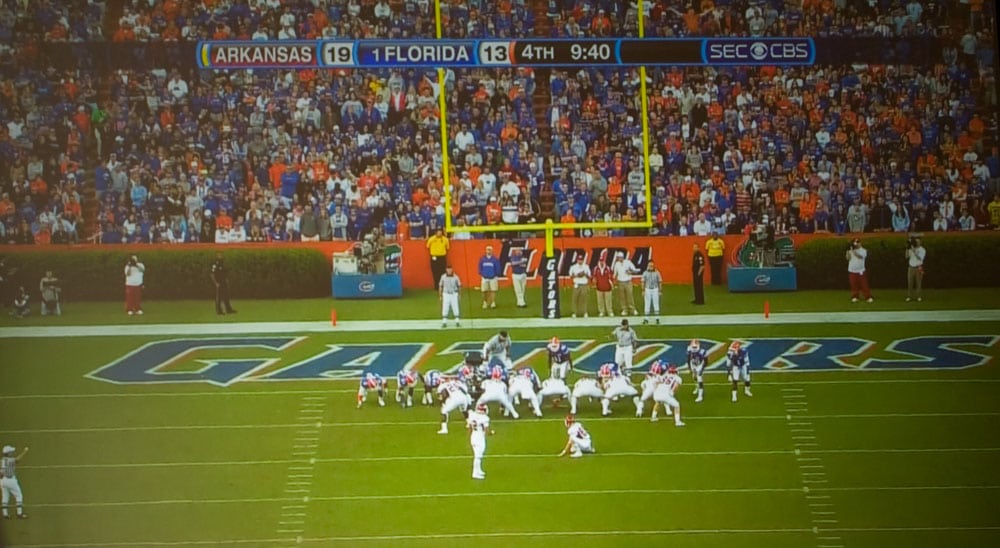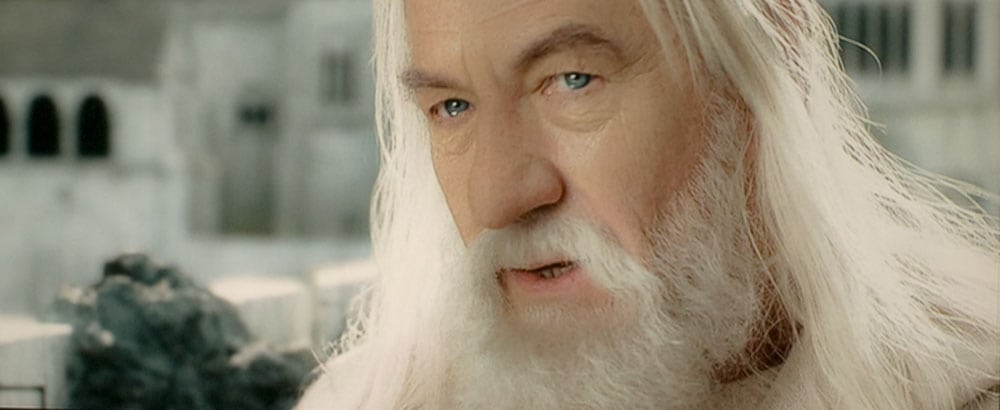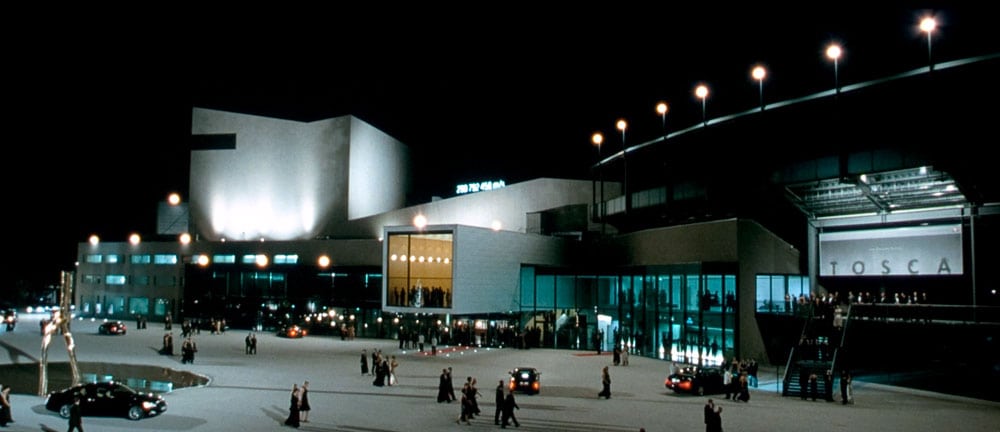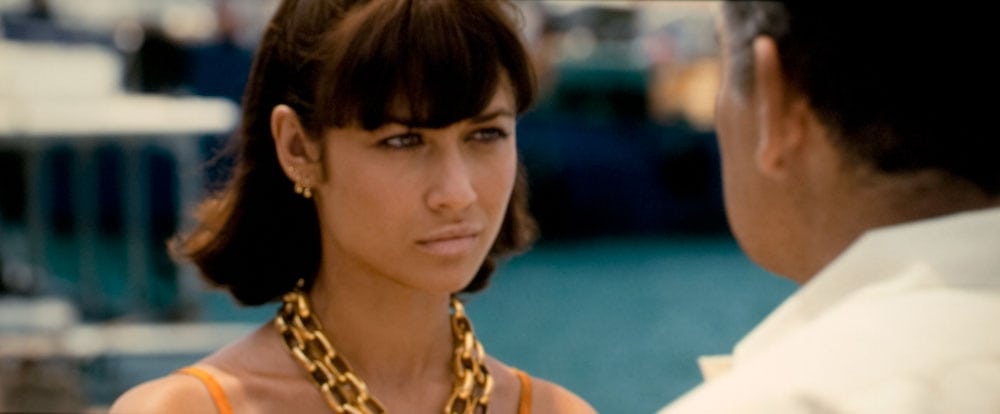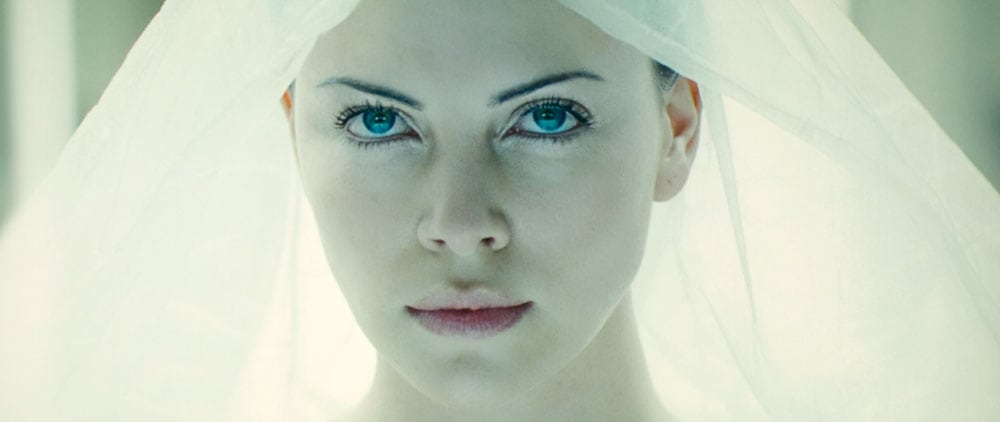JVC DLA-RS25 - Review Summary
A summary of the JVC DLA-RS25 projector's pros and cons and capabilities.
JVC DLA-RS25 Projector - The Bottom Line
I'm going to keep this unusually short for a summary page. There's not much to debate about the JVC DLA-RS25 and its twin, the DLA-HD950.
It's got excellent, natural looking color, rivaling virtually any competitor. And, it happens to be very good, although not exceptional in revealing dark shadow details.
Where the JVC DLA-RS25 shines, however, is with the best black level performance of any projector we've tested to date. True, it's virtually identical to last year's RS20 in this regard, but, it truly has a commanding advantage over every other projector. Not only are the blacks simply blacker, significantly improving dark, and very dark scenes, but any projector that comes even remotely close to the JVC DLA-RS25 in terms of black level performance, relies on a dynamic iris to get there.
Translated, that means that to get blacker blacks, other projectors are compromising the dynamic range of their pictures. Only on very dark scenes with no bright areas, do any other ultra-high contrast projectors like the Epson 8500UB, or the Panasonic PT-AE4000, do those projectors come even close, but if those dark scenes have small bright areas, the Epson, Panasonic and others dim down those bright areas, whereas the JVC doesn't have to: Far more dynamic range plus the inherent black level advantage comes down to superior performance you can appreciate.
Brightness
As noted, the JVC is particularly bright in "best" modes, with all of them measuring between 727 and 769 measured lumens, with the zoom at mid-point (that would be as much as 835 lumens with the zoom at wide angle).
The image above, from Quantum of Solace, is a great image for viewing black level performance. There are sufficient bright areas, that most projectors with dynamic irises won't close them down too far. As a result, it's the kind of scene where the JVC does far better than the competition, since they won't lower their blacks much, and the JVC does blacker blacks even when those others can close their irises all the way down.
This makes the JVC brighter than all but a few, for best mode viewing. The RS25 has no problem at all nicely lighting up my 128" diagonal Stewart Firehawk, something few projectors can claim.
My biggest complaint about the JVC, however, is maximum brightness. True, the JVC's brightest modes, really look particularly good, but we're still talking only about 850 lumens. I certainly wish I had an extra 300 - 500 lumens for my sports viewing. Still, it does an decent job with some lighting present, as you can see in the HDTV photos.
Fancy features: JVC's first generation CFI is suitable for sports but not quite ready for prime-time for movies, with more visible artifacts than some other CFI's we've reviewed. With the current state of CFI on projectors, truth is, most folks will not use them for normal movie watching, but are more likely to use it on TV, HDTV, and on sports in general
The very bottom line: The JVC DLA-RS25 and HD950 are not inexpensive. With a price tag (MSRP) currently of $8000, you are paying twice the price or more, compared to some really very fine projectors. For the person seeking a great viewing experience, budget allowing, the JVC is hard to beat if it will work in your room. While many of those excellent, less expensive projectors look roughly about as good as the JVC on the average brighter scene, when it comes to those really dark scenes, the RS25, leaves them all in the dust.
Yesterday I had the opportunity to get my first look at the Panasonic PT-AE4000 brought to me by a couple of Panasonic folks (from NJ HQ, and from Japan). Before our time was through, we put the Panasonic side by side with the JVC. While the Panasonic looked great, the JVC looked greater! The Panasonic people were very pleased with how theirs compared, for a quarter of the price, but at the same time, you could see why the JVC is a premium projector. Blacks were simply visibly blacker. In the darker scenes the JVC offers up a more dynamic image, both because of the blacker blacks but also brighter whites and bright colors. This is because with a dynamic iris to darken the blacks, if there are whites, they must be darkened as much.
The difference between the two projectors in this regard, might be unnoticeable to the casual observer, unless viewed simultaneously, but to the enthusiast, the small differences translate to being one step closer to perfection. On brighter scenes, the differences were less obvious, but ultimately, it's not the small differences on bright scenes, but the darker scenes where the JVC simply produces a noticiably superior image. Folks, that's what it's about.

